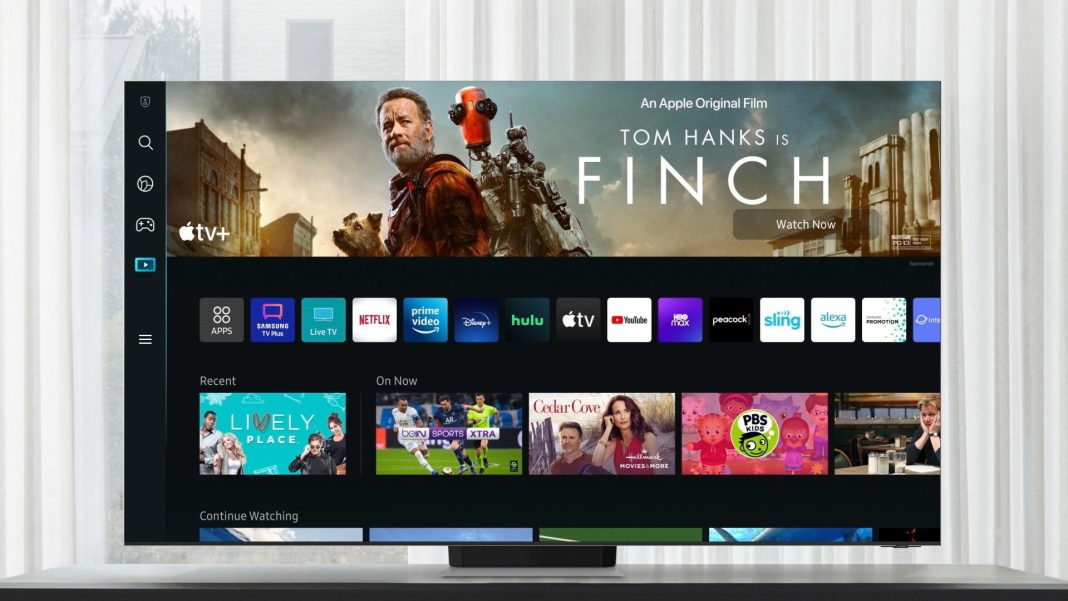In the rapidly evolving landscape of home entertainment, consumers are faced with an array of options for accessing their favorite streaming services. Among these options, built-in smart TV apps and external streaming sticks have emerged as popular choices. Both promise seamless access to a plethora of content, yet they offer distinct advantages and potential drawbacks. This article delves into the comparative functionality, performance, and user experience of built-in smart TV apps versus streaming sticks. By examining these factors, we aim to provide a clear understanding of whether integrated smart TV solutions can truly rival the versatility and efficiency of standalone streaming devices. Whether you’re considering an upgrade or simply curious about optimizing your viewing experience, this guide will equip you with the insights needed to make an informed decision.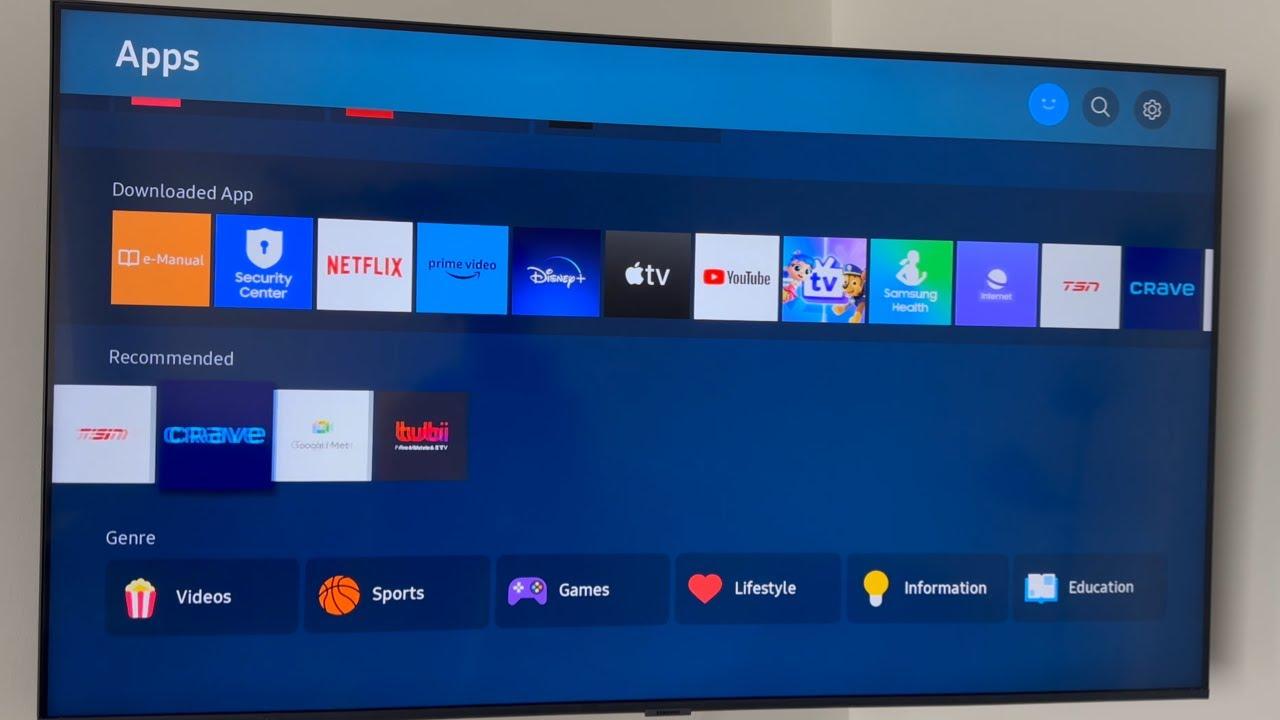
Comparison of Performance and Speed
When it comes to evaluating performance and speed, both built-in Smart TV apps and streaming sticks offer unique advantages and challenges. Built-in Smart TV apps benefit from direct integration with the TV’s hardware, potentially leading to a seamless experience. This integration often results in faster app loading times and smoother navigation, as the software is optimized for the specific TV model. However, the performance can vary significantly between different brands and models, with some older TVs struggling to keep up with the demands of newer, more resource-intensive apps.
On the other hand, streaming sticks, such as Roku, Amazon Fire Stick, or Google Chromecast, are designed specifically for streaming purposes and frequently receive hardware updates. This can result in faster processing speeds and more consistent performance across various devices. Streaming sticks also tend to have frequent software updates, ensuring compatibility with the latest apps and features. However, they require an HDMI port and an additional power source, which might not be ideal for all setups. The choice between built-in apps and streaming sticks largely depends on individual preferences and the specific requirements of your entertainment setup.
- Built-in Smart TV Apps: Direct integration, variable performance.
- Streaming Sticks: Consistent updates, requires additional setup.
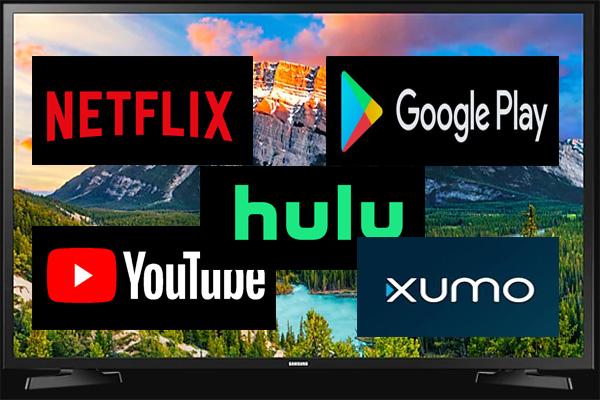
Exploring User Interface and Experience
The user interface and experience of built-in smart TV apps and streaming sticks can significantly impact your viewing pleasure. Built-in smart TV apps offer the convenience of a seamless integration with your TV’s operating system, allowing for easy navigation using a single remote. They often feature a unified interface that minimizes clutter and offers a cohesive experience. On the other hand, streaming sticks like Roku, Amazon Fire TV, and Chromecast provide a more customizable interface, often with a wider range of apps and regular updates that keep up with the latest streaming services.
- Convenience: Built-in apps eliminate the need for additional devices and cables.
- Customization: Streaming sticks offer more personalization options and flexibility.
- Performance: Smart TVs might lag behind in performance updates compared to dedicated streaming devices.
- App Availability: Streaming sticks generally have a broader selection of apps and services.
Ultimately, the choice between built-in apps and streaming sticks comes down to personal preference and specific needs. Consider whether you prioritize the streamlined integration of built-in apps or the versatility and frequent updates offered by streaming sticks. Each option has its own set of strengths and weaknesses, making it crucial to weigh them according to your viewing habits and tech preferences.
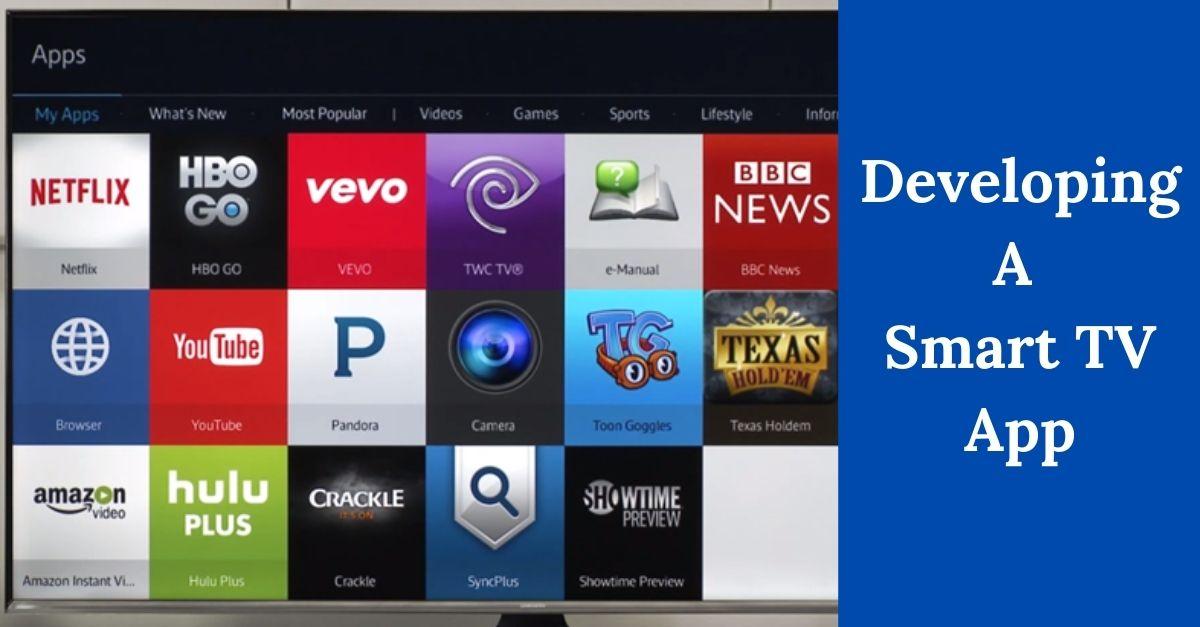
Assessing Content Availability and Compatibility
When comparing built-in smart TV apps to streaming sticks, it’s crucial to consider both content availability and compatibility. Smart TVs often come with a selection of pre-installed apps, offering easy access to popular services like Netflix, Amazon Prime Video, and Hulu. However, the range of available apps can vary significantly depending on the TV manufacturer and model. Some smart TVs might not support certain niche streaming services or the latest updates, potentially limiting your viewing options.
- App Store Variety: Streaming sticks typically have access to more comprehensive app stores, like Google Play or the Amazon Appstore, ensuring a wider array of streaming services.
- Software Updates: Streaming sticks often receive more frequent updates than smart TVs, ensuring compatibility with the latest apps and features.
- Cross-Platform Compatibility: Devices like Roku and Amazon Fire TV are designed to be platform-agnostic, making them compatible with a broader range of TV brands.
Ultimately, while smart TVs offer the convenience of built-in functionality, streaming sticks provide a flexible and often more robust solution for accessing diverse and up-to-date content.
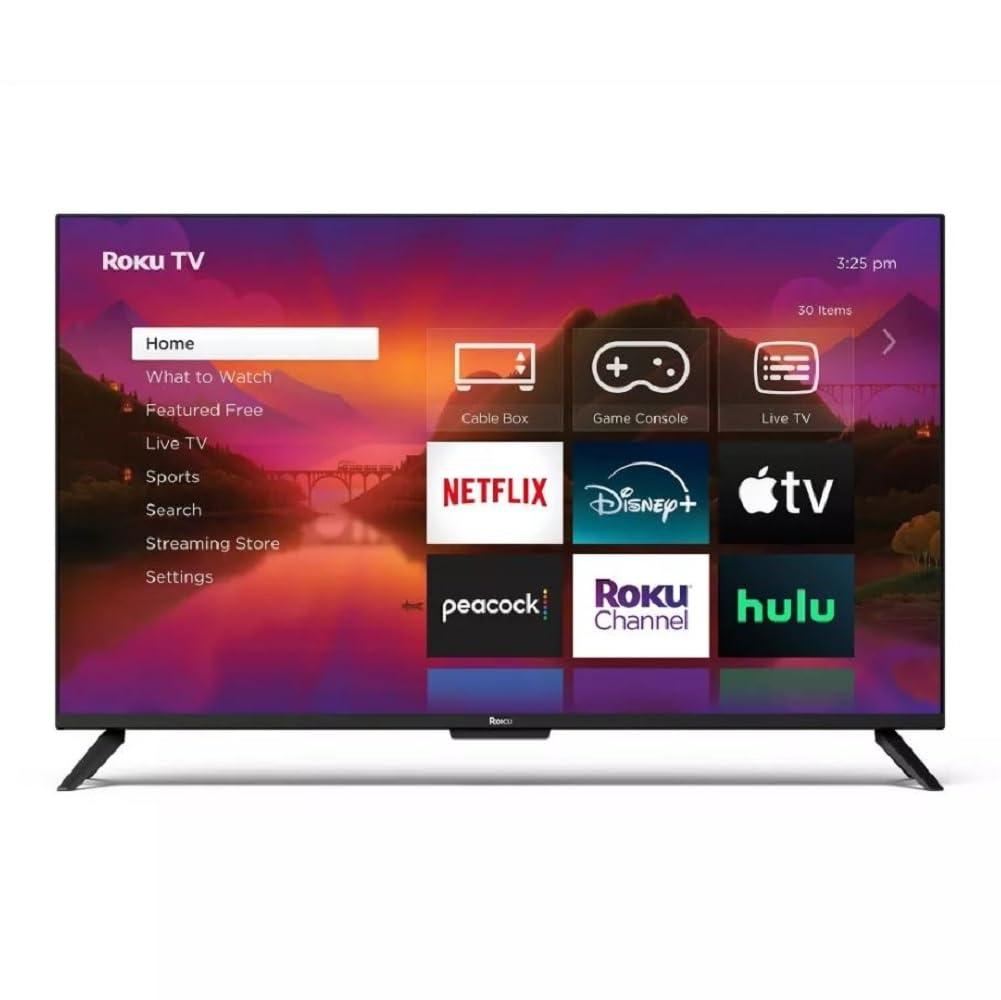
Recommendations for Choosing Between Built-In Apps and Streaming Sticks
When deciding between built-in smart TV apps and streaming sticks, it’s essential to weigh the pros and cons of each option based on your specific needs. Built-in apps offer the convenience of having everything in one place without the need for additional hardware. They tend to be more integrated with the TV’s system, providing a seamless user experience with features like voice control and simplified navigation. However, they may not be updated as frequently as third-party devices, potentially limiting access to the latest features or services.
On the other hand, streaming sticks offer flexibility and often come with the latest updates and features, ensuring you have access to a wide range of content. They are portable, allowing you to easily move them between different TVs or take them on the go. Here are some considerations to help you decide:
- Compatibility: Ensure your TV supports the apps or sticks you’re considering.
- Performance: Check for differences in speed and resolution quality.
- Content Availability: Determine if one option offers more channels or apps than the other.
- Ease of Use: Consider which interface is more user-friendly for you.
- Cost: Compare any additional costs, such as subscription fees or device purchases.
Ultimately, the choice will depend on your viewing habits, technological preferences, and budget. Balancing these factors will help you make an informed decision that enhances your entertainment experience.
Insights and Conclusions
the choice between built-in smart TV apps and streaming sticks largely depends on individual preferences and specific needs. Both options offer unique advantages and potential drawbacks. Built-in smart TV apps provide the convenience of an all-in-one solution with fewer devices to manage, often offering a seamless integration with the TV’s user interface. However, they may suffer from limited app availability or slower performance over time.
On the other hand, streaming sticks offer flexibility and portability, often featuring faster updates and a wider range of apps. They can also be easily upgraded or replaced, ensuring that users can keep pace with the latest technological advancements without needing to purchase a new TV.
Ultimately, users should consider factors such as budget, the importance of app variety, and the potential need for future upgrades when deciding which option best suits their viewing habits. By carefully weighing these aspects, consumers can make an informed decision that enhances their entertainment experience.






























